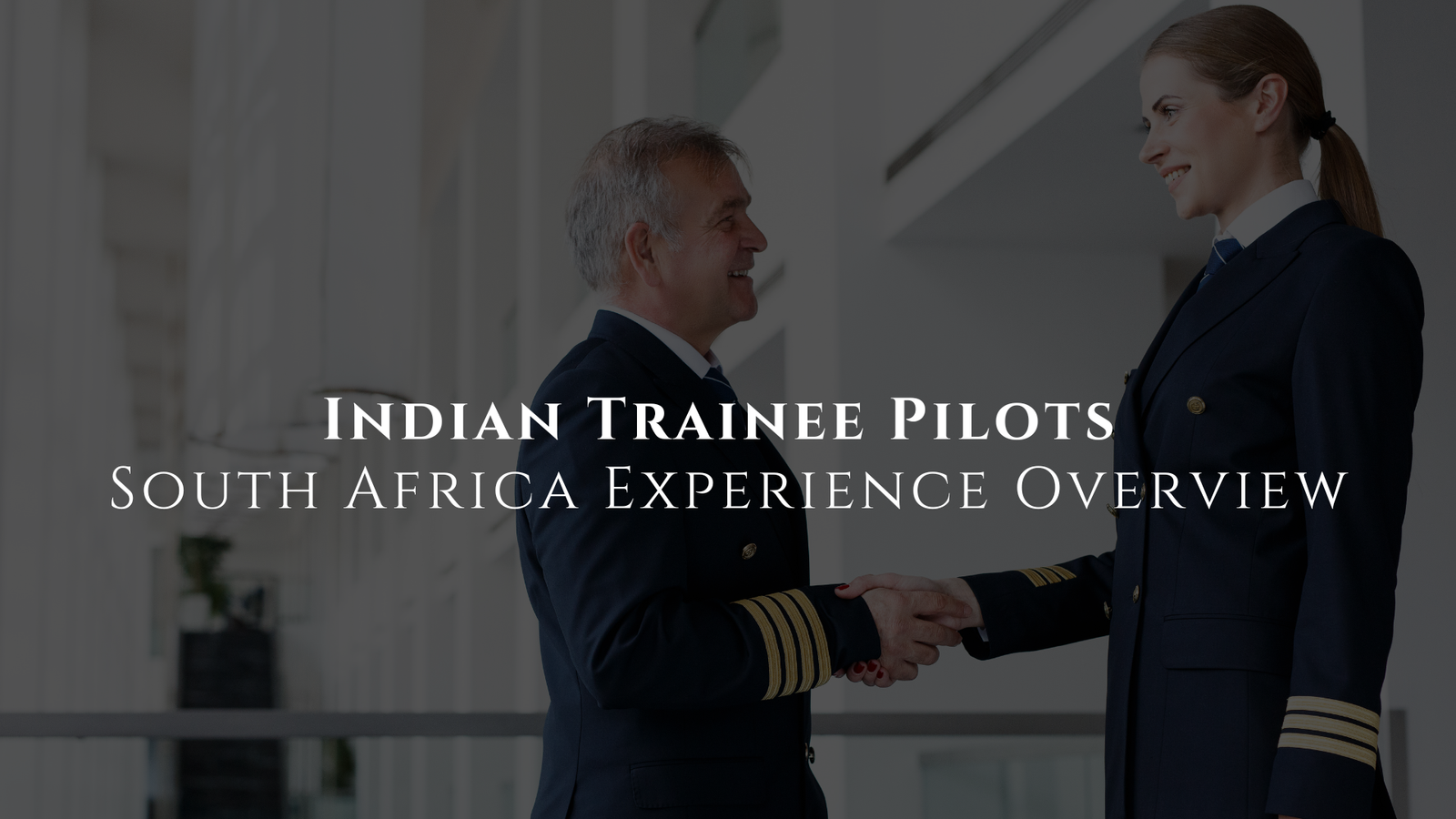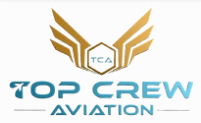
South Africa has become one of the most preferred destinations for Indian trainee pilots. With excellent weather conditions, world-class flying schools, and affordable training costs, it offers everything an aspiring pilot needs to start their aviation career. Many Indian students travel to South Africa every year to complete their Commercial Pilot Licence (CPL) training and gain international flying exposure.
This blog gives you a complete overview of the South African experience for Indian trainee pilots — from training quality and lifestyle to career benefits.
Why Indian Trainee Pilots Choose South Africa
- Favourable Weather Conditions
South Africa offers more than 300 days of clear skies each year. This means more flying days and faster completion of training compared to India, where weather delays can be frequent. - High-Quality Training Standards
Flight schools in South Africa follow international aviation standards. Training programs are approved by the South African Civil Aviation Authority (SACAA), and many schools also have courses aligned with the Directorate General of Civil Aviation (DGCA) in India. - Cost-Effective Training
The cost of pilot training in South Africa is generally lower than in the USA, Canada, or Australia. Students also benefit from affordable living expenses without compromising on the quality of life. - International Exposure
Flying in South Africa gives Indian trainee pilots the chance to operate in varied terrain and weather conditions — from coastal winds to mountainous areas. This experience makes them more adaptable and confident.
Read Also – Balancing Flight Training and Personal Life: Tips for Student Pilots
Training Journey for Indian Pilots in South Africa
- Enrolment and Documentation
The first step is applying to a DGCA-approved or SACAA-approved flying school. Students need a valid passport, Class 1 medical certificate, and an academic qualification of 10+2 with Physics and Mathematics. - Ground School Training
Before flying, trainee pilots complete ground classes that cover air navigation, meteorology, air regulations, and aircraft technical knowledge. These subjects are essential for both SACAA and DGCA exams. - Flight Training
The practical part of training starts with a Private Pilot Licence (PPL) course. After gaining basic flying skills, students progress to the Commercial Pilot Licence (CPL) stage, including night flying, cross-country flights, and instrument flying. - Simulator Sessions
Modern simulators help trainees practice emergency procedures and instrument navigation without leaving the ground. This builds confidence and sharpens skills before actual flights. - Examinations and Licence Conversion
After completing training, students take SACAA exams. Once back in India, they need to clear DGCA conversion exams to validate their licence for flying in India.
Living Experience for Indian Students in South Africa
Accommodation
Most flying schools provide on-campus accommodation or assist students in finding nearby apartments. Rooms are usually fully furnished, with facilities like Wi-Fi, laundry, and kitchen access.
Food
South Africa has a variety of food options, and Indian students can easily find Indian restaurants or groceries. Many prefer to cook their own meals to save costs and maintain familiar tastes.
Transport
Schools are generally close to airports, and transport arrangements are often included. Public transport and ride-hailing services like Uber are also available.
Safety
Reputable schools ensure secure accommodation and guide students on safety measures. South Africa has certain areas to avoid, but with proper guidance and awareness, students can live comfortably.
Cultural and Social Experience
South Africa is known for its friendly people and multicultural environment. Indian students meet peers from different countries, making it a rich learning experience beyond flying. Participating in local events, visiting wildlife parks, and exploring cities like Johannesburg, Cape Town, and Durban adds to the overall adventure.
The diversity of the country helps students develop strong communication skills and adapt to different cultures — an important quality for a global aviation career.
Challenges Faced by Indian Pilots in South Africa
While the experience is mostly positive, students may face a few challenges:
- Adapting to a New Country: The first few weeks can be challenging due to cultural differences and homesickness.
- Weather Variations: Although the climate is generally good, sudden weather changes can affect flight schedules.
- Licence Conversion Process: Clearing DGCA conversion exams requires preparation, and students should stay updated with Indian aviation regulations during training.
Career Benefits After Training in South Africa
- Faster Training Completion – Due to favourable weather, students can finish their training in less than a year.
- International Flying Experience – Exposure to different airspaces and terrains gives pilots an edge in job interviews.
- DGCA Licence Eligibility – With proper conversion, students can apply for pilot jobs in India and abroad.
- Confidence and Adaptability – Training in a foreign country helps students become more independent and skilled.
Final Thoughts
The South African training experience is a perfect combination of quality education, affordability, and global exposure for Indian trainee pilots. It prepares them not only for DGCA licence requirements but also for a successful career in aviation anywhere in the world.
Start Your Pilot Training with Top Crew Aviation
If you are an aspiring pilot looking for trusted guidance, Top Crew Aviation can help you take the first step. From counselling and admission support to visa assistance and DGCA conversion training, Top Crew Aviation ensures a smooth journey from India to South Africa and back.
Join Top Crew Aviation today and make your dream of becoming a pilot a reality.
